A first-timer’s guide to contact lenses
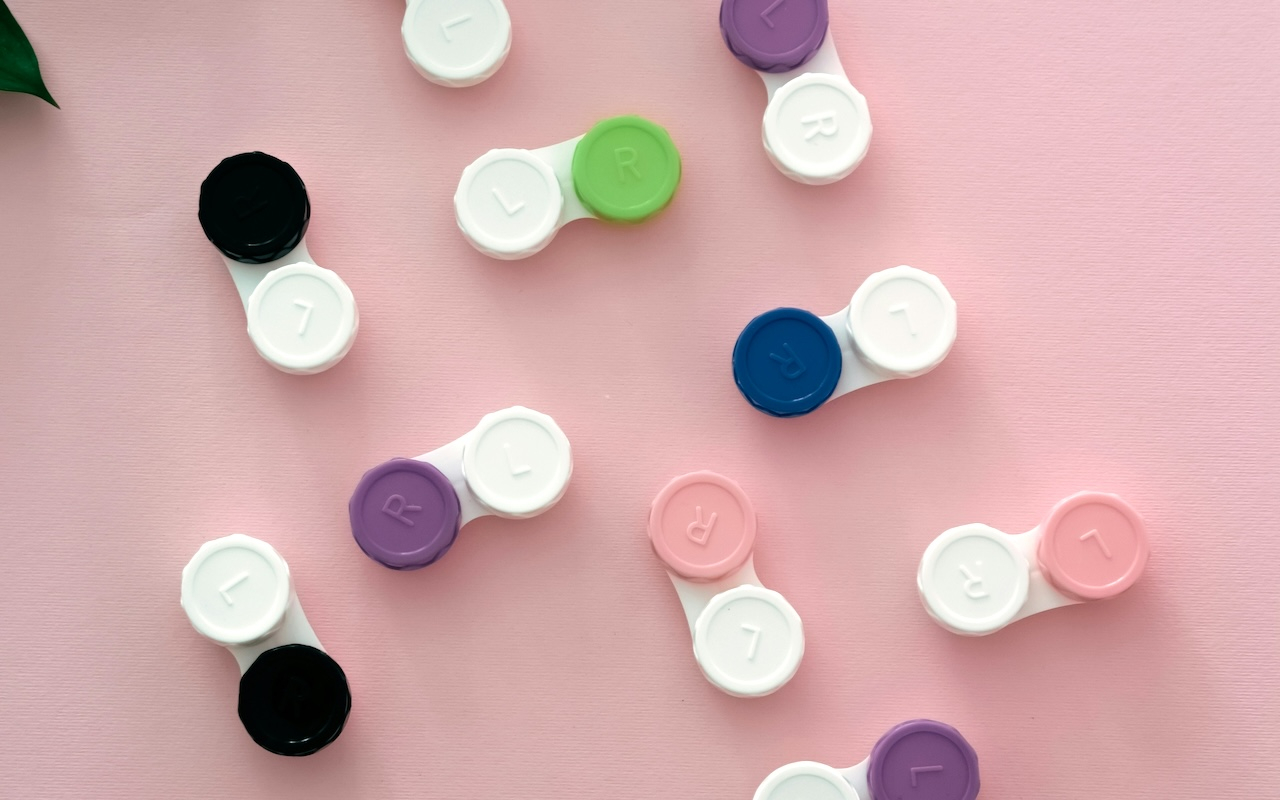
Considering that over two-thirds of Brits report that their eyesight is getting worse, it’s no wonder that more and more people are looking into corrective medical devices. Apart from glasses, which around 20 million people in the UK use, contact lenses are the next most popular option. Currently, less than 9% of the population uses contact lenses on a regular basis. Of this, almost 6% use daily disposables, while another 3.24% prefer weekly or bi-weekly variants. This is equivalent to about four million people.
Interestingly, Optician.net reported that there are actually more people who are interested in wearing contacts than there are actually those who use them. To be specific, about 15 million respondents shared an interest in using contact lenses. This is likely because of the subtle appearance and more seamless field of vision these medical devices offer, especially when compared to eyeglasses. That said, a likely reason why contacts are not as widely used is because of the special considerations they require. Although not complicated, there are important things to do and keep in mind when using contacts. So, if you’re interested in wearing contact lenses for the first time, here’s a quick guide to help you out.
Get a new and specific prescription
Because contact lenses sit right up on the eyeball, they require specific prescriptions, unlike those for eyeglasses. If you’re worried about the additional costs of getting new prescriptions, the good news is that you can get a free eye test from a number of pharmacies and high-street opticians. For example, Vision Express branches offer NHS-funded eye tests that you can easily book ahead of time. Alternatively, even if you’re not eligible for the NHS-covered tests, you can still make the most of regular store promotions that typically include free exams. Aside from providing you with your most updated and accurate prescriptions, these tests are also a good way to connect with an ophthalmologist. This is the specialist who will conduct your contact lens fitting by measuring the diameter of your eye. Through this, you’ll know precisely what kind of contact lens you’ll need for optimal comfort and vision assistance.
Purchase the right storage and cleansing items
Just as you would use a microfibre cloth and hard case for your glasses, you should also use speciality equipment for your contact lenses. To start, you need a contact lens solution designed especially for the type you wear. For instance, those who need gas-permeable contacts might use a solution from Bausch & Lomb. Unlike other fluids, these solutions are formulated to remove any dirt, debris, and bacteria from a lens without damaging it or irritating the eyes. Although it may look like water, it’s much more sanitary since the latter is known to harbour microorganisms. A couple of years ago, a woman from Leicestershire lost an eye after amoeba from tap water got under her contacts. This underscores just how important the right solution is to these devices. Next, if the contacts you’re using are not disposable dailies, then you should invest in a lens holder. These are leak-proof and air-tight containers that are designed to hold one lens per compartment, along with some more contact lens solution.
Learn how to apply them properly
As illustrated above, contacts are rather sensitive. By extension, improper handling of these devices can cause problems for you, too. Fortunately, getting the hang of contacts is pretty easy. First, you always need to wash your hands. If you’ve just touched something, particularly messy you need to cleanse very thoroughly with soap and water so as to remove even the smallest bits. Next, make sure to apply them directly onto your eye and not on any part of your skin. Otherwise, contaminants may get on them. Finally, if you need to adjust them, gently blink or use a clean finger. Never rub, as this can cause your contacts to tear or slip out. If you’re also an avid fan of makeup, make sure to wear your lenses prior to putting on any products. In your first few days with contacts, you may also feel more comfortable wearing simpler eye makeup. Taking your cue from our post on the prettiest autumnal looks, try something like a graphic or statement liner. Since these are dry down, they’re less likely to create any fallout that may enter your contacts.
The editorial unit


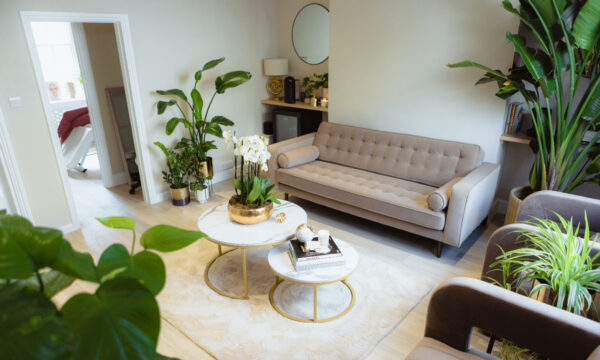
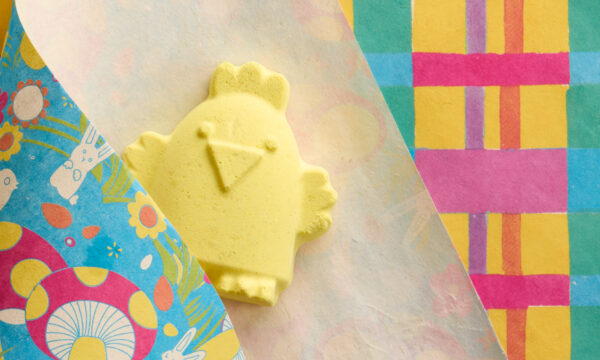
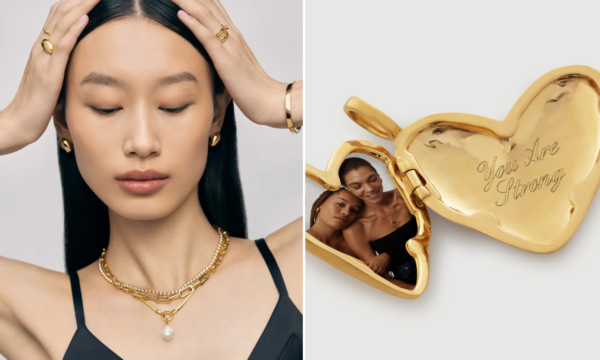



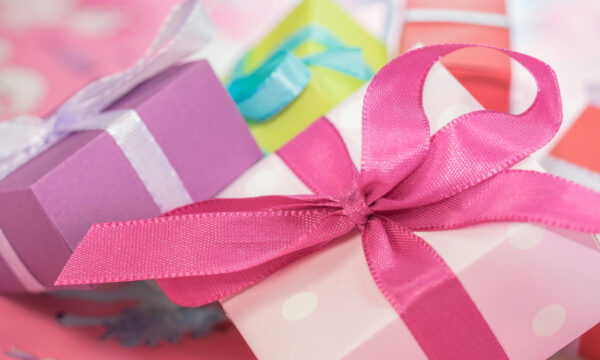
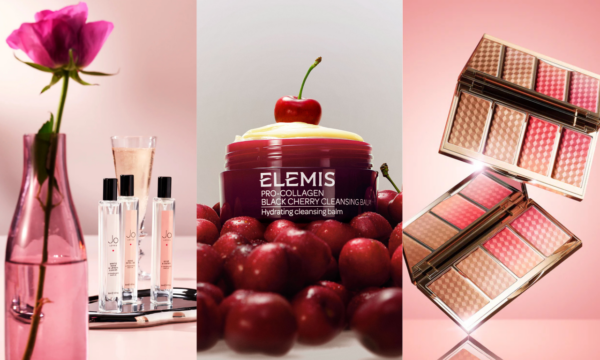











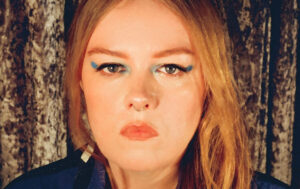
Facebook
Twitter
Instagram
YouTube
RSS